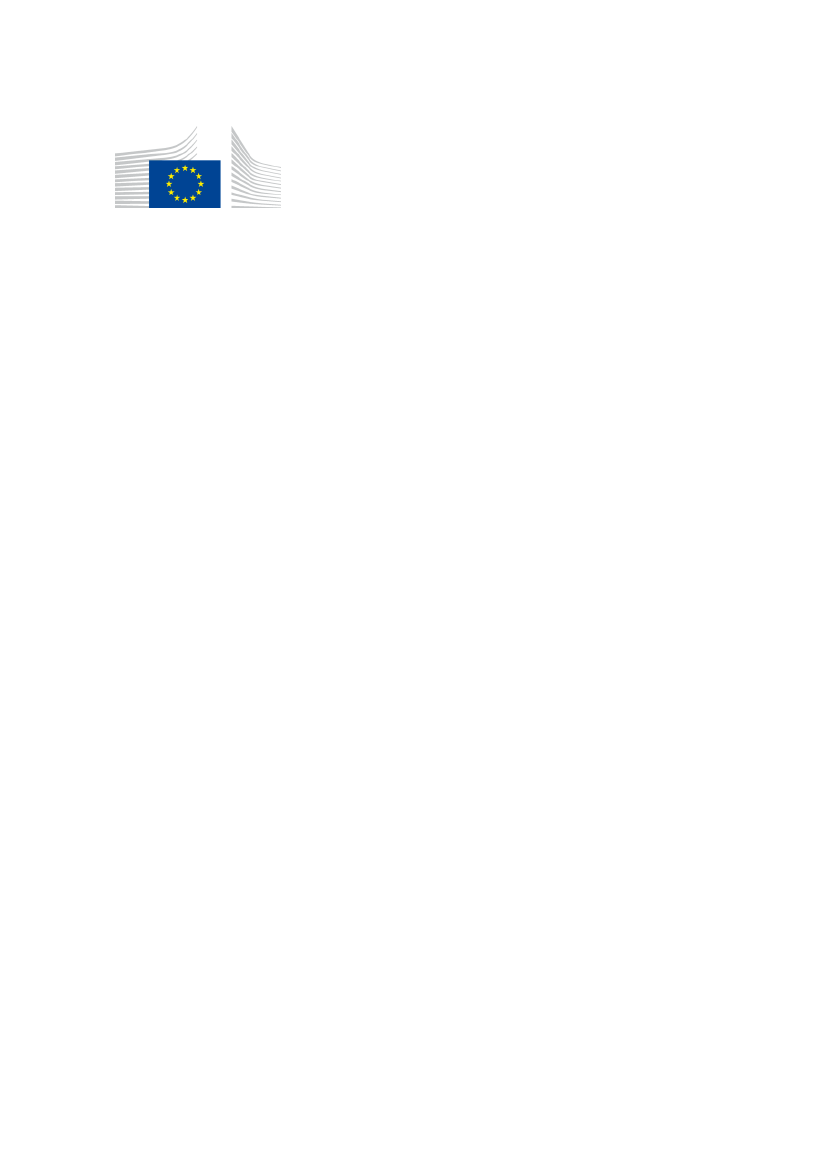
EUROPEAN
COMMISSION
Brussels, 24.9.2024
SWD(2024) 221 final
COMMISSION STAFF WORKING DOCUMENT
Accompanying the document
REPORT FROM THE COMMISSION TO THE EUROPEAN PARLIAMENT AND
THE COUNCIL
42nd Annual Report from the Commission to the European Parliament and the Council
on the EU’s Anti-Dumping, Anti-Subsidy and Safeguard activities and the Use of Trade
Defence Instruments by Third Countries targeting the EU in 2023
{COM(2024) 413 final}
EN
EN